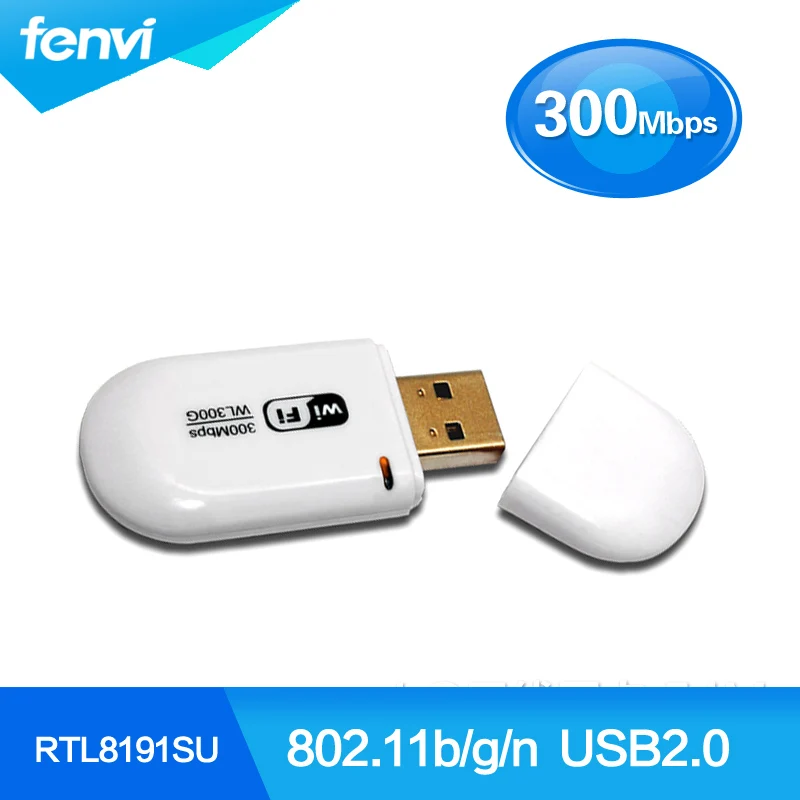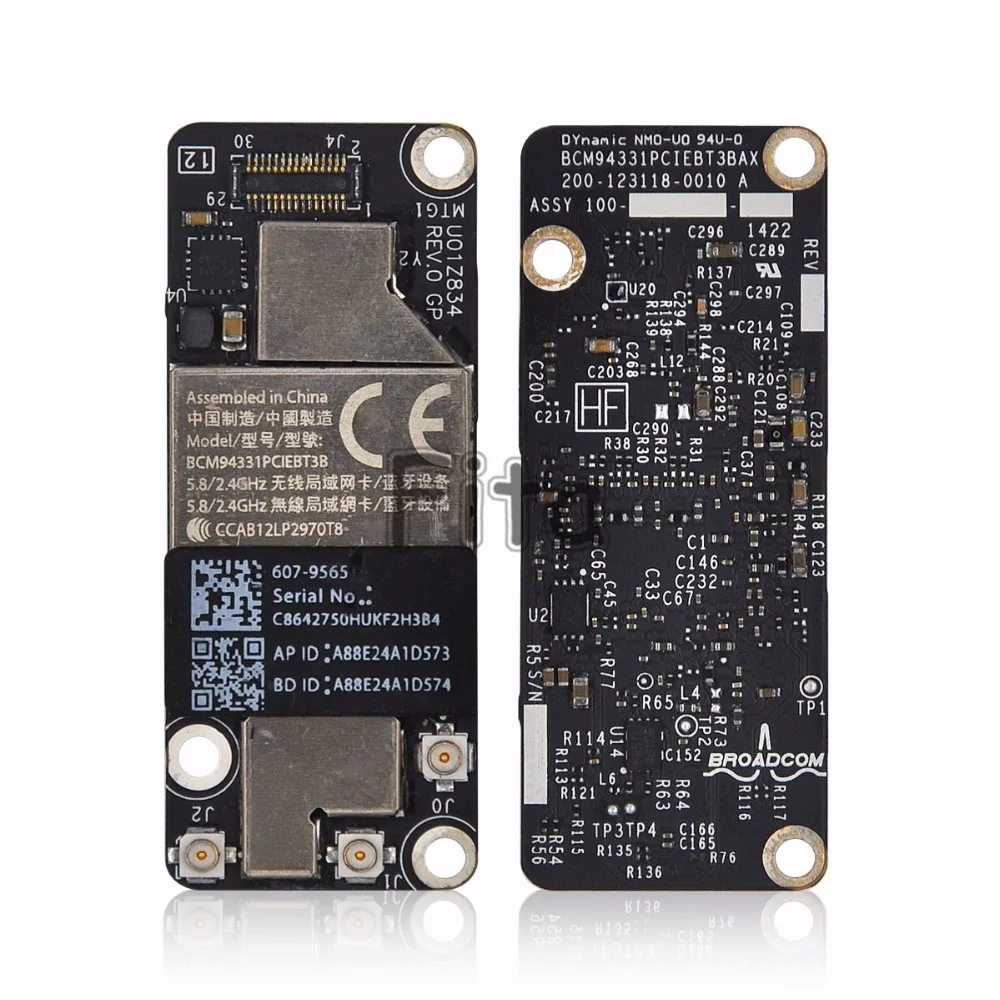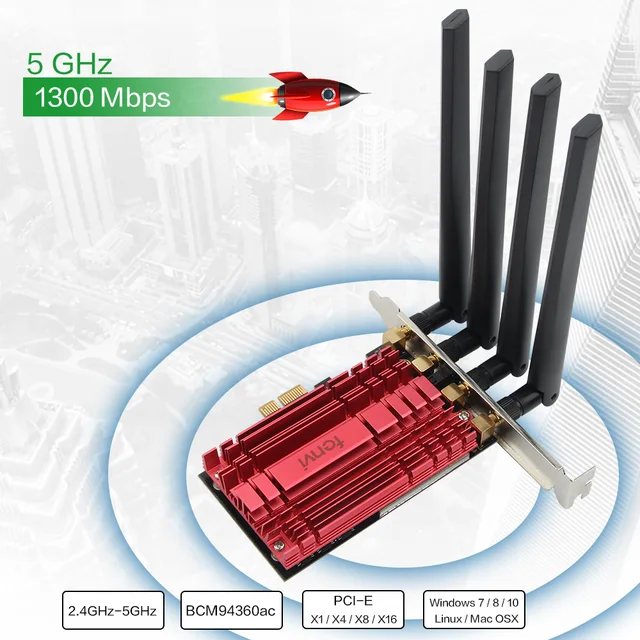Fenvi FV-HB1200 Desktop Wireless AC1200 Dual Band PCI Express Hackintosh Wi-Fi Adapter, Bluetooth 4.0, Support Mac OS/Windows, 2.4G/5Ghz, 802.11ac, With Broadcom Wifi Card, 2x 6db Antennas Limited time offer, ends 10/13. Shop for mac desktop at Best Buy. Find low everyday prices and buy online for delivery or in-store pick-up. Wireless Keyboard Wireless Keyboard. Speaker(s) Included Speaker(s). Show Video Card filter description. Intel HD Graphics 4000 Intel HD Graphics 4000. Fenvi FV-HB1200 Desktop Wireless AC1200 Dual Band PCI Express Hackintosh Wi-Fi Adapter, Bluetooth 4.0, Support Mac OS/Windows, 2.4G/5Ghz, 802.11ac, With Broadcom Wifi Card, 2x 6db Antennas. Wireless Data Rates: Up to 1.2Gbps; Frequency Band: 2.4 GHz / 5 GHz; Part Number: 16564; Standards: IEEE 802.11ac, IEEE 802.11b/g/n; Model #: FV-HB1200.

Key Features
Simple way to add draft 802.11n wireless networking capability to any compatible computer
When used with 802.11n network, delivers up to 2.5x the speed and 2x the range of 802.11g network
Works with all AirPort, AirPort Extreme, and AirPort Express base stations and equivalent wireless routers
Backward compatible with 802.11b and 802.11g devices
Fast and Secure
Aria Extreme N PCI includes three antennas (2TX/3RX) to maximize its performance with 802.11n routers that also feature multiple radios and antennas. 802.11n devices utilize MIMO (multiple input, multiple output) technology that enables multiple data streams to be transmitted at the same time, and provides enough bandwidth to allow simultaneous high-speed Internet access, HD video streaming, large file transferring, VoIP telephony, and more! Aria Extreme N supports 802.1X, WEP 64/128, WPA, and WPA2 standards, along with TKIP and AES encryption for secure network configuration, so you can work wirelessly with confidence.
Simple Configuration
Install Aria Extreme N PCI into an available PCI or PCI-X slot, screw in the three antennas, power on your system, and then install the software—configuration is completed in a few simple steps. If you haven’t added an 802.11n wireless router to your setup, don’t worry; Aria Extreme N PCI is backward compatible with 802.11g and 802.11b routers and other equipment.

If you've followed the steps to connect your Mac to a Wi-Fi network, but the connection to your network or the Internet isn't reliable, the steps in this article might help.

Check for Wi-Fi recommendations

When your Mac tries to connect to a Wi-Fi network, it checks for issues that affect its ability to create a fast, stable, and secure connection. If an issue is detected, the Wi-Fi status menu in the menu bar shows a new item: Wi-Fi Recommendations. Choose it to see recommended solutions.
Wi-Fi recommendations are available in macOS Sierra or later.
Analyze your wireless environment
Your Mac can use Wireless Diagnostics to perform additional analysis.
- Quit any apps that are open, and connect to your Wi-Fi network, if possible.
- Press and hold Option (Alt) ⌥ key, then choose Open Wireless Diagnostics from the Wi-Fi status menu .
- Enter your administrator name and password when prompted.
Wireless Diagnostics begins analyzing your wireless environment:
If the issue is intermittent, you can choose to monitor your Wi-Fi connection:
When you're ready to see recommendations, continue to the summary. Wireless Diagnostics asks for optional information about your base station or other router, so that it can include that in the report it saves to your Mac.
Click the info button next to each item in the summary to see details about that item. Wi-Fi best practices are tips that apply to most Wi-Fi networks.
Back up or make note of your network or router settings before changing them based on these recommendations—in case you need to use those settings again.
Monitor your Wi-Fi connection
Wireless Card For Mac Desktop Windows 7
Your Mac can monitor your Wi-Fi connection for intermittent issues, such as dropped connections. Follow the steps to analyze your wireless environment, but choose ”Monitor my Wi-Fi connection” when prompted.
During monitoring, a window shows that monitoring is in progress. Monitoring continues as long as this window is open and you're on the same Wi-Fi network, even when your Mac is asleep.
If Wireless Diagnostics finds an issue, it stops monitoring and shows a brief description of the issue. You can then resume monitoring or continue to the summary for details and recommendations.
Create a diagnostics report
Wireless Diagnostics automatically saves a diagnostics report before it displays its summary. You can create the same report at any time: press and hold the Option key, then choose Create Diagnostics Report from the Wi-Fi status menu . It can take your Mac several minutes to create the report.
- macOS Sierra and later saves the report to the /var/tmp folder of your startup drive, then opens that folder for you.
To open the folder manually, choose Go > Go to Folder from the Finder menu bar, then enter /var/tmp. - OS X El Capitan or earlier saves the report to your desktop.
The report is a compressed file with a name that begins “WirelessDiagnostics.” It contains many files that describe your wireless environment in detail. A network specialist can examine them for further analysis.
Use other diagnostics utilities
Wireless Diagnostics includes additional utilities for network specialists. Open them from the Window menu in the Wireless Diagnostics menu bar:
- Info gathers key details about your current network connections.
- Logs enables background logging for Wi-Fi and other system components. The result is saved to a .log file in the diagnostics report location on your Mac. Logging continues even when you quit the app or restart your Mac, so remember to disable logging when you're done.
- Scan finds Wi-Fi routers in your environment and gathers key details about them.
- Performance uses live graphs to show the performance of your Wi-Fi connection:
- Rate shows the transmit rate over time in megabits per second.
- Quality shows the signal-to-noise ratio over time. When the quality is too low, your device disconnects from the Wi-Fi router. Factors that affect quality include the distance between your device and the router, and objects such as walls that impede the signal from your router. Learn more.
- Signal shows both signal (RSSI) and noise measurements over time. You want RSSI to be high and noise to be low, so the bigger the gap between RSSI and noise, the better.
- Sniffer captures traffic on your Wi-Fi connection, which can be useful when diagnosing a reproducible issue. Select a channel and width, then click Start to begin capturing traffic on that channel. When you click Stop, a .wcap file is saved to the diagnostics report location on your Mac.
Learn more
Additional recommendations for best Wi-Fi performance:

- Keep your router up to date. For AirPort Time Capsule, AirPort Extreme, or AirPort Express Base Station, check for the latest firmware using AirPort Utility. For non-Apple routers, check the manufacturer's website.
- Set up your router using Apple's recommended settings, and make sure that all Wi–Fi routers on the same network use similar settings. If you're using a dual-band Wi-Fi router, make sure that both bands use the same network name.
- Learn about potential sources of Wi-Fi and Bluetooth interference.
Wireless Card For Mac Desktop
Learn about other ways to connect to the Internet.
